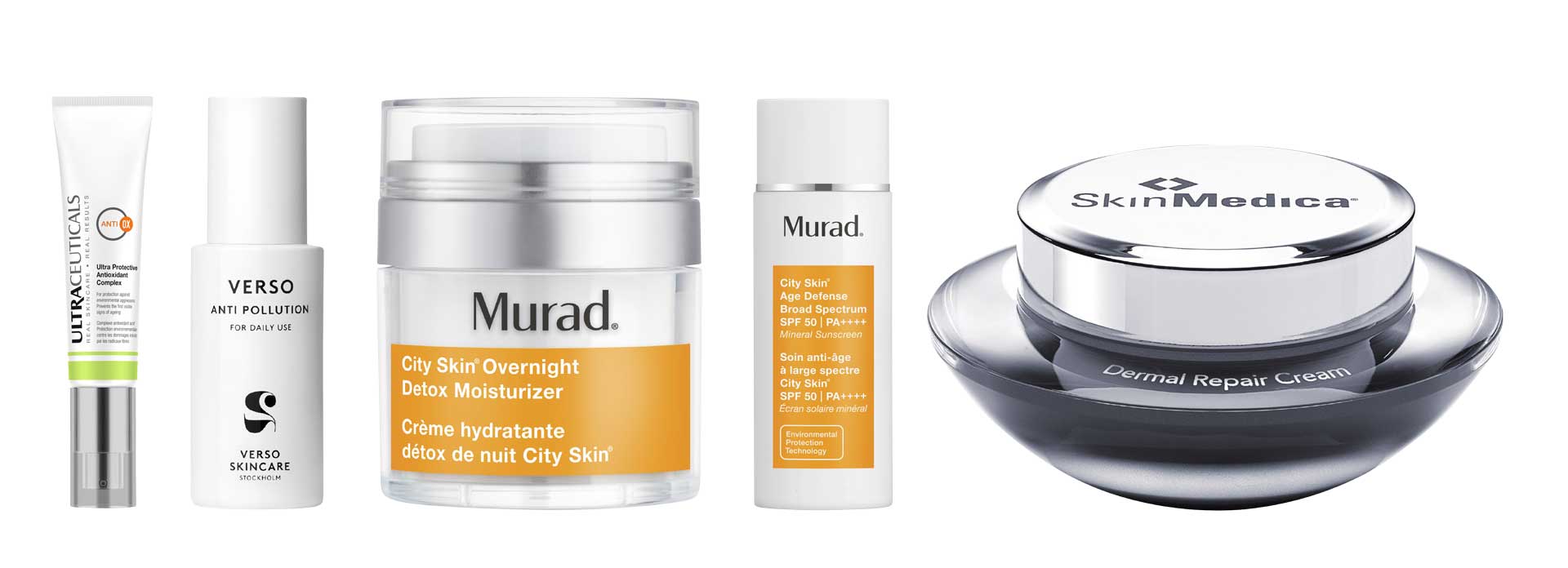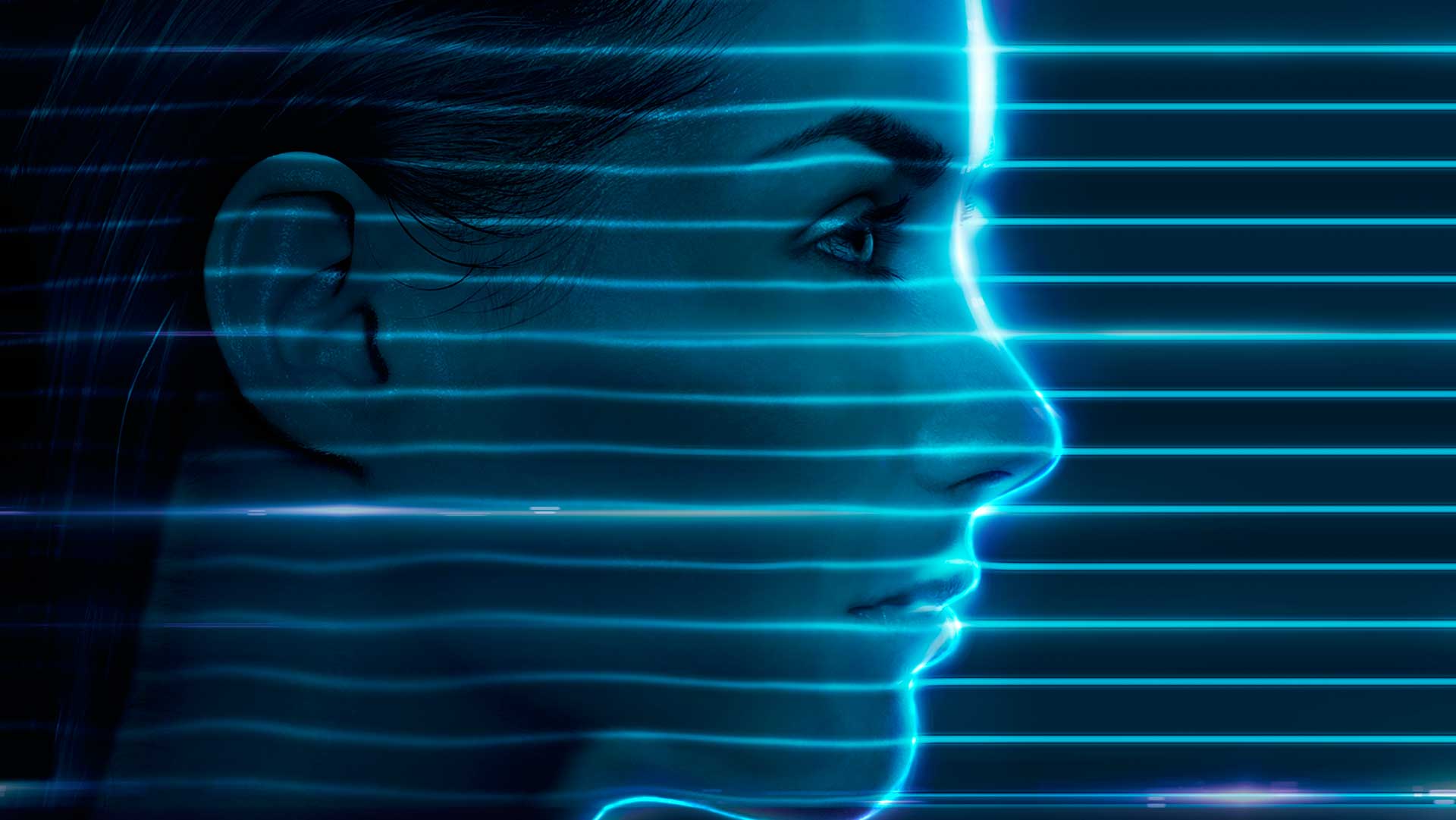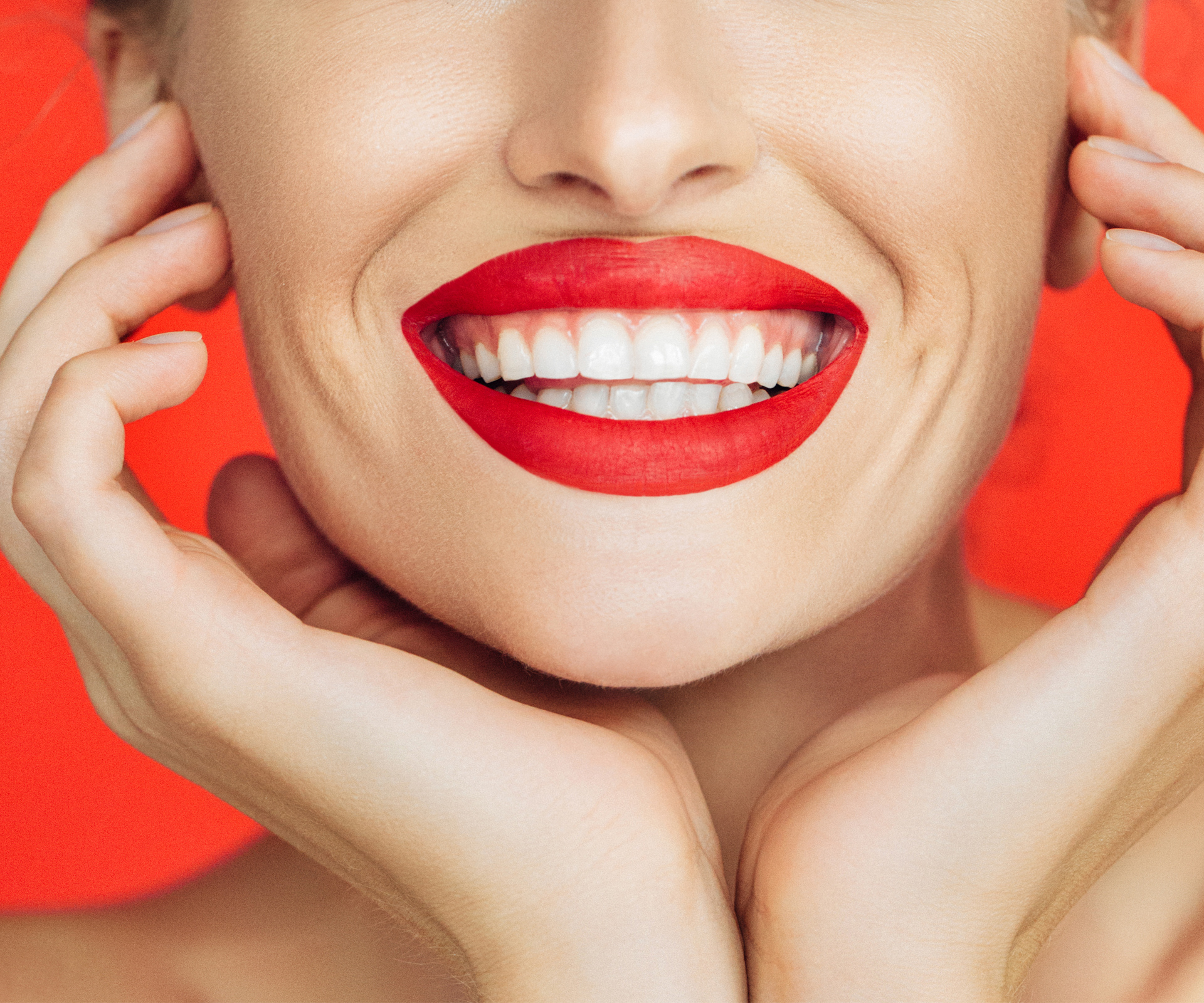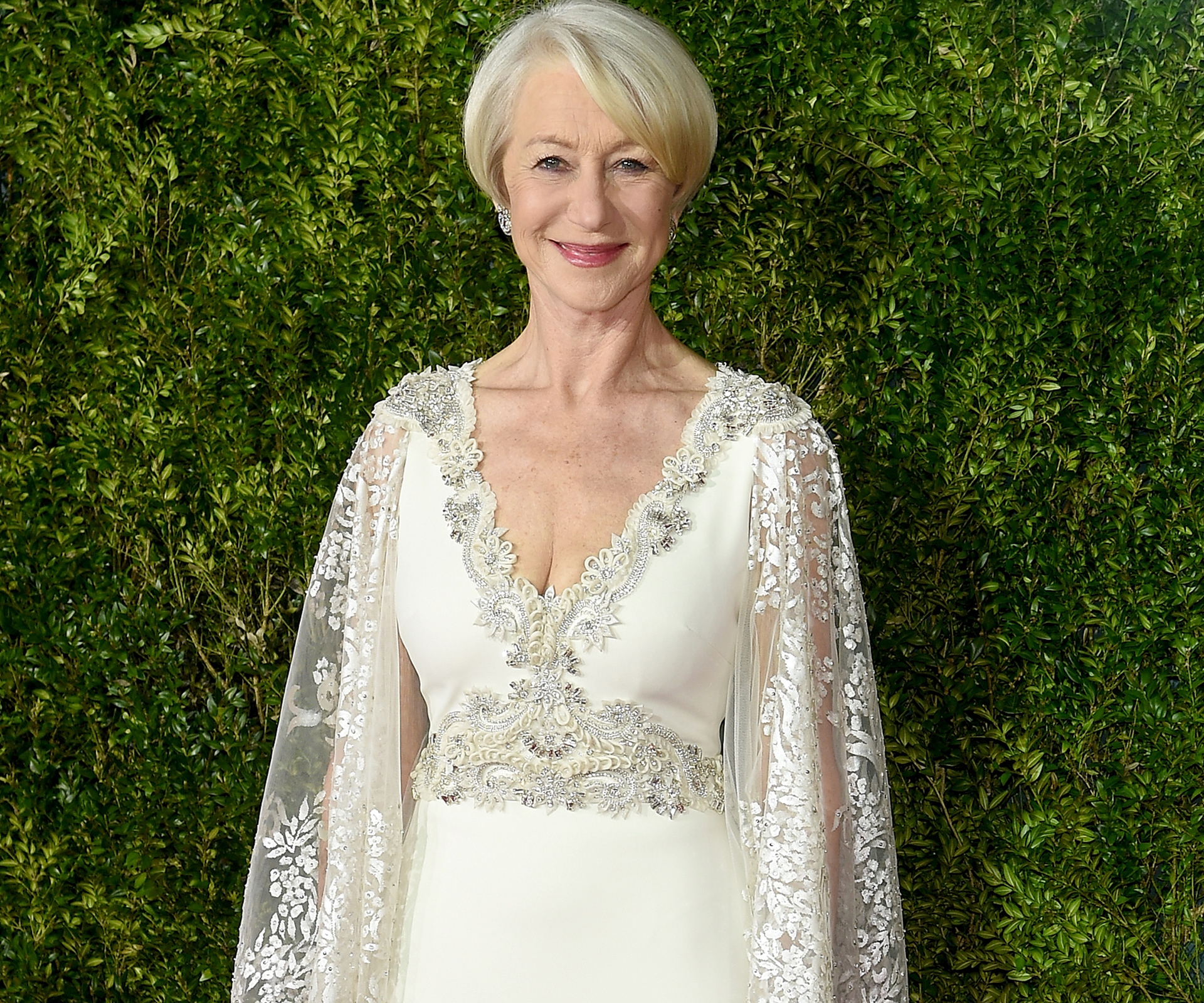In this fast-paced, technology-driven world, screens are a part of everyday life. How many have you looked at today?
Two or three is most likely the answer – from your phone to your computer, television to laptop, they are hard to escape. But while it’s long been known that screens can affect our eyes, ruin our sleep patterns and shorten our concentration span, the discussion has now moved on to what impact they’re having on our skin.
How can a screen damage your skin?
Experts have discovered that the blue light emitted from our devices, called high energy visible (HEV) light, can be just as damaging in some respects as sun damage from UVA or UVB rays, and in particular are warning of the ageing impact HEV light can have over time.
“HEV penetrates skin more deeply than UVA and UVB, causing various long-term effects such as hyperpigmentation,” says Dr Murad, founder of Murad skincare. “Its oxidative effects also elicit inflammation and damage the skin barrier, triggering signs of ageing.”
Blue light can actually be compared to UVA light, says Dr Maria Reeves, founder of Auckland specialist skin cancer centre Claris Group, in that it can cause the destruction of collagen cells, resulting in ageing.
The good news is there seems to be no evidence that all that blue light coming from our screens causes the dreaded ‘C’ word (cancer) – it’s maybe just making us look older.
“With blue light, says Reeves, “there is no DNA damage – it causes transient melanin activation, initiating hyperpigmentation, but without causing a cancer of the skin.”
How can you protect your skin from screen-damage?
Luckily, skincare brands have been doing the research and a new wave of products are hitting the market, offering protection from the high energy visible light frequently emitted from tech devices.
The idea is that while we may be able to block the effects of the sun with sunscreen and other protectants, skin is still at risk of being exposed to this harsh blue light.
“My advice is to use a broad-spectrum sun block (one that blocks UV light as well as blue light), such as zinc oxide or titanium oxide,” says Reeves.
Dr Murad agrees, and has developed two new innovative products to combat blue light and other environmental aggressors. “Our new Broad Spectrum SPF 50, $139, is a multi-active 100 percent mineral sunscreen, which offers complete protection, shielding skin from five environmental factors such as blue light, pollution, infrared radiation, UVA and UVB,” he says.
Murad’s new Detox Moisturizer, $139, also features potent detoxifying marrubium plant stem cell extract, nourishing botanicals and vitamin C to help strengthen the skin’s barrier while you sleep. It also helps repair and correct damage that has occurred during the day by strengthening skin’s detoxification system.
While more research is needed into the definitive consequences of blue light on our health, it is commonly acknowledged that it will have a cumulative effect on
the skin. However, it makes sense to take Dr Reeve’s advice on a preventive approach; with both sunscreen and with ‘screen-screens’ – blue light filters for our devices and shields for our screens.
Not all blue light is bad
The main source of blue light is actually from sunlight, and it’s well documented that some blue light exposure is essential for good health, boosting alertness, memory and cognitive function and elevating mood. In fact, light therapy is used to treat seasonal affective disorder (SAD), a type of depression that’s related to changes in seasons, with symptoms usually beginning in the autumn and continuing through winter.
Use a light filter
If you’re using your devices constantly, a convenient way to reduce your blue light exposure is to use a light filter. Available for smartphones, tablets, and computer screens, they prevent significant amounts of blue light which is otherwise emitted from these devices reaching your eyes and skin, without affecting the visibility of the display.

Ultraceuticals Ultra Protective Antioxidant Complex, $104. Verso Anti Pollution mist, $63. Murad City Skin Overnight Detox Moisturizer, $139. Murad City Skin Age Defense Broad Spectrum SPF 50, $139. SkinMedica Dermal Repair Cream, $207.


